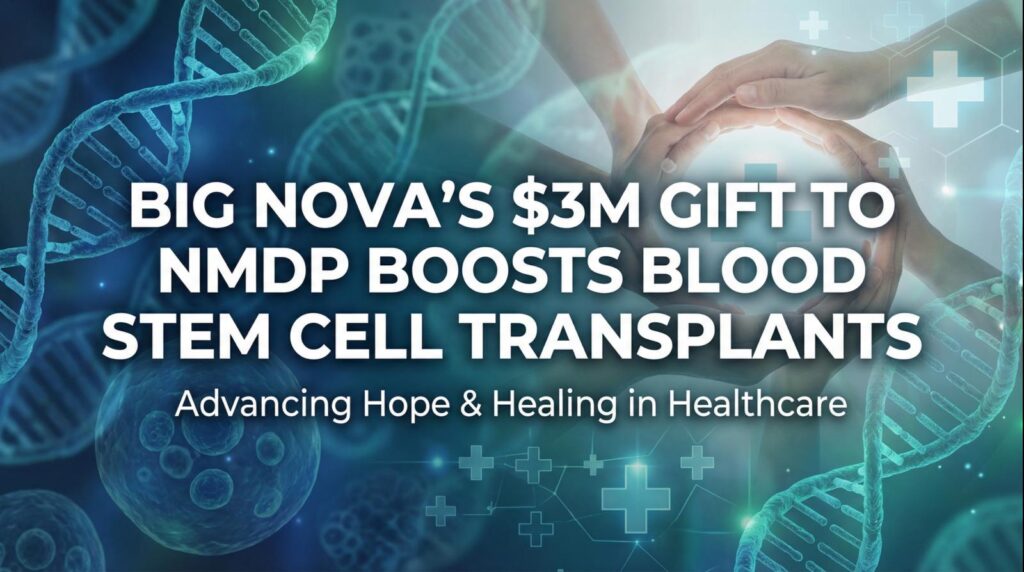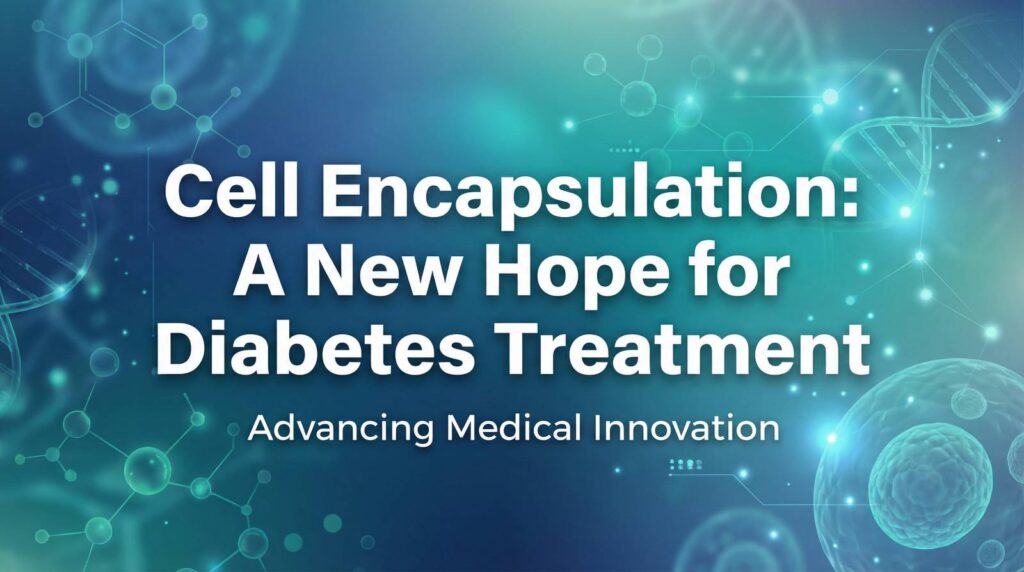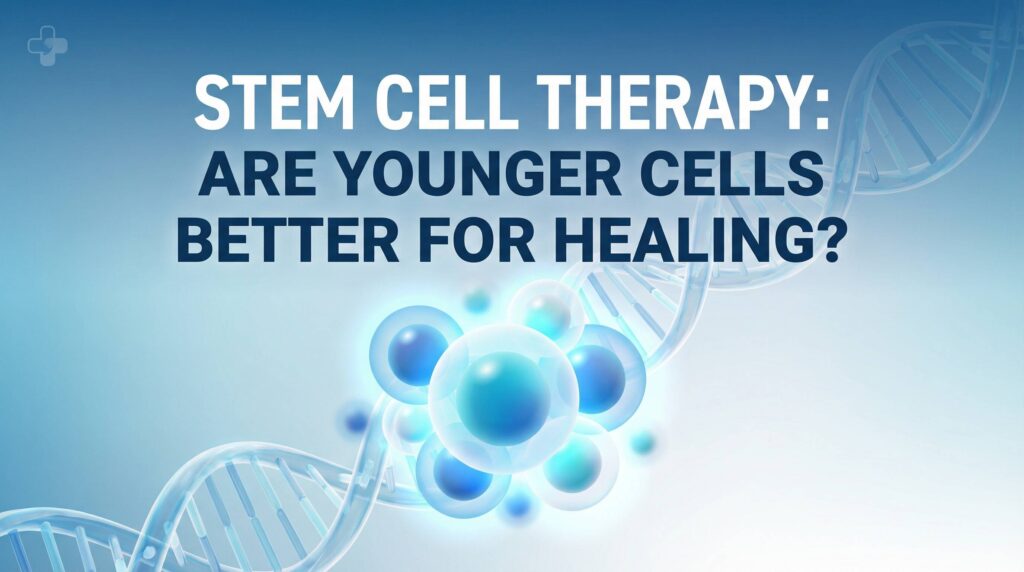Welcome to a journey through the fascinating world of stem cell therapy and its potential in the fight against Alzheimer’s Disease (AD). This article isn’t just for scientists and medical professionals; it’s for anyone intrigued by the incredible advances in medical science and how they might one day revolutionize the treatment of neurodegenerative diseases like Alzheimer’s.
The Promise of Stem Cell Therapy in AD
The idea of using stem cell therapy in AD isn’t just a shot in the dark. It’s grounded in an understanding of the disease and the unique properties of stem cells. These cells can become many different types of cells – neuronal cells, brain cells, you name it. They offer a potential source for replacing what Alzheimer’s takes away.
Join Us in This Exploration
As we delve into this topic, we invite you to join us in exploring the potential of stem cell therapies for Alzheimer’s. This isn’t just about scientific curiosity; it’s about hope, innovation, and the pursuit of a future where Alzheimer’s Disease is a conquerable foe.
Stay with us as we uncover the mysteries and potential of stem cells in the battle against Alzheimer’s Disease. Our exploration will take us from the basics of Alzheimer’s and stem cell science to the cutting-edge research that’s shaping the future of therapy for AD.
Understanding Alzheimer’s Disease
The Biological Underpinnings of Alzheimer’s
Alzheimer’s Disease (AD) is more than just memory loss; it’s a complex neurodegenerative disease that involves a progressive decline in cognitive function. Think of it as a once bustling city gradually falling into disrepair. The brain’s neurons, like the city’s buildings, start to deteriorate and lose their functionality.
Pathophysiology of Alzheimer’s
At the heart of Alzheimer’s pathology are two key culprits: amyloid plaques and neurofibrillary tangles. Amyloid plaques are like unwanted clumps of waste in the brain’s streets, disrupting communication. Neurofibrillary tangles, on the other hand, are akin to twisted, broken roads inside the neurons, impeding transport and communication.
Symptoms and Progression
The symptoms of AD begin subtly, often with mild forgetfulness, but like a snowball rolling downhill, they gather momentum. Over time, individuals with AD may experience significant memory loss, language problems, disorientation, mood swings, and behavioral issues. Imagine slowly losing the threads of your life’s tapestry until you can no longer recognize the picture it once formed.
Current Treatments and Limitations
Today’s treatments for AD are like putting band-aids on deep wounds; they may alleviate some symptoms but cannot stop the disease’s progression. Medications like cholinesterase inhibitors and memantine help manage symptoms but do not address the underlying cause of neuronal decline.
Table: Current Alzheimer’s Treatments and Their Limitations
| Treatment Type | Purpose | Limitations |
|---|---|---|
| Cholinesterase inhibitors | Enhance communication between nerve cells | Symptomatic relief, not disease-modifying |
| Memantine | Regulates glutamate for cognitive function | May only provide minimal symptom relief |
| Antidepressants | Manage mood and behavior | Does not halt disease progression |
| Cognitive and behavioral therapies | Support mental function | Effectiveness varies, not curative |
In summary, while we have made strides in understanding and managing Alzheimer’s Disease, a cure remains elusive. The current treatments offer symptomatic relief but are unable to reverse or stop the relentless progression of AD.
Stem Cells: An Overview
The Wonders of Stem Cells
Imagine a cell with a superpower – the ability to become almost any type of cell in the body. That’s a stem cell for you. These remarkable cells are the foundation of every organ and tissue in our body and hold the key to repairing damaged tissue and possibly even regenerating lost neurons in diseases like Alzheimer’s.
Types of Stem Cells
There are various types of stem cells, each with its unique abilities:
- Embryonic Stem Cells (ESCs): Think of these as the all-rounders. Derived from early-stage embryos, they can transform into any cell type – a trait known as pluripotency.
- Adult (Somatic) Stem Cells: Found in specific tissues like bone marrow, these are more specialized and typically generate cells for their resident organ.
- Induced Pluripotent Stem Cells (iPSCs): A modern marvel where adult cells are reprogrammed to an embryonic stem cell-like state, offering a personalized approach to medicine.
Mechanisms of Action
Stem cells work like a repair crew, regenerating damaged tissues and possibly even creating new cells. In the brain, they might help replace lost neurons or repair the neural networks ravaged by Alzheimer’s.
Historical Perspective
The journey of stem cell research is a tale of discovery and innovation. From the first identification of these cells to the groundbreaking creation of iPSCs, each step has opened new doors for medical science, especially in treating diseases like Alzheimer’s.
Table: Types of Stem Cells and Their Characteristics
| Stem Cell Type | Source | Potential Uses | Special Characteristics |
|---|---|---|---|
| Embryonic Stem Cells (ESCs) | Early-stage embryos | Wide range of cell types | Pluripotent, can become any cell type |
| Adult Stem Cells | Adult tissues (e.g., bone marrow) | Specific tissue repair | Limited to certain cell types |
| Induced Pluripotent Stem Cells (iPSCs) | Adult cells reprogrammed | Personalized medicine | Pluripotent and patient-specific |
In essence, stem cells offer a window into a new realm of medical possibilities, from repairing damaged tissues to treating chronic diseases. Their versatility and potential make them a focal point in the quest to understand and treat neurodegenerative diseases like Alzheimer’s.
Stem Cells in Alzheimer’s Research
Breakthroughs in Stem Cell Therapy for AD
The intersection of stem cell therapy and Alzheimer’s research is where hope meets possibility. Recent studies have illuminated the potential of stem cells in addressing the complex pathology of Alzheimer’s Disease.
Recent Studies and Key Findings
Consider the recent breakthroughs as puzzle pieces coming together. Scientists have been investigating different stem cell types, including mesenchymal stem cells (MSCs) and neural stem cells (NSCs), to understand their impact on Alzheimer’s pathology.
- Neural Stem Cell Transplantation: Studies in mouse models of Alzheimer’s have shown that transplanting NSCs can lead to improvements in cognitive function. It’s like seeding a damaged garden, giving it a chance to bloom again.
- Mesenchymal Stem Cells: MSCs, particularly those derived from bone marrow and umbilical cord blood, have shown promise in modulating the immune response and possibly reducing inflammation in the brain, a key aspect of Alzheimer’s pathology.
Harvard Stem Cell Institute provides a detailed look into Alzheimer’s Disease, its impact, and the potential of stem cells in understanding and treating this condition. Their research explores the use of induced pluripotent stem cells to generate different types of brain cells for study, which could offer insights into the disease and potential treatments Harvard Stem Cell Institute.
Potential Mechanisms in AD Therapy
The mechanisms by which stem cells might combat Alzheimer’s are as diverse as the cells themselves. They could help regenerate lost neurons, reduce inflammation, and even modify the disease’s progression at a molecular level. It’s akin to not just fixing the existing damage but also fortifying the brain against further harm.
Ethical and Safety Considerations
With great potential comes great responsibility. Stem cell research, especially involving embryonic stem cells, is laden with ethical considerations. Ensuring patient safety and adhering to ethical norms is paramount in translating these therapies from lab to clinic.
Table: Potential Mechanisms of Stem Cells in AD Therapy
| Stem Cell Type | Potential Mechanism in AD | Research Findings |
|---|---|---|
| Neural Stem Cells | Regeneration of Neurons | Improved cognitive function in animal models |
| Mesenchymal Stem Cells | Modulation of Immune Response | Reduced inflammation and amyloid deposition in animal studies |
In summary, the role of stem cells in Alzheimer’s research is a beacon of hope. As we continue to understand and harness their potential, we move closer to a future where Alzheimer’s Disease can be effectively treated, or perhaps even cured.
Conclusion
As we wrap up our exploration into the regenerative potential of stem cells in the fight against Alzheimer’s Disease, let’s reflect on the journey we’ve taken and the future that lies ahead.
Summarizing the Potential
Stem cell therapy represents a beacon of hope in the dark world of Alzheimer’s. From the intricate understanding of Alzheimer’s pathology to the groundbreaking research in stem cell therapies, every step has been a stride towards a brighter future. Stem cells offer not just a treatment but a potential reversal of some of the damages caused by this relentless disease.
A Call to Action
This journey isn’t just for scientists and doctors; it involves us all. Continued research, ethical deliberation, and support for those battling Alzheimer’s are crucial. We stand at the cusp of a medical revolution, where stem cell therapy in AD could change the narrative from despair to hope.
Looking Ahead
The potential of stem cells in Alzheimer’s therapy isn’t just a distant dream; it’s a rapidly unfolding reality. As we forge ahead, let’s remain committed to the cause, fueled by the promise that stem cells hold. A future where Alzheimer’s Disease is no longer a life sentence but a treatable condition is within our grasp.
Final Thoughts
As we conclude, remember that the fight against Alzheimer’s is a fight for the essence of what makes us human – our memories, our thoughts, and our experiences. In stem cells, we might just have the key to safeguarding this essence for generations to come.



